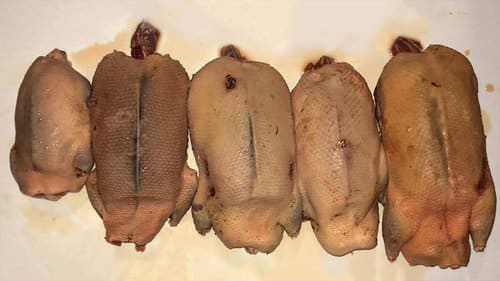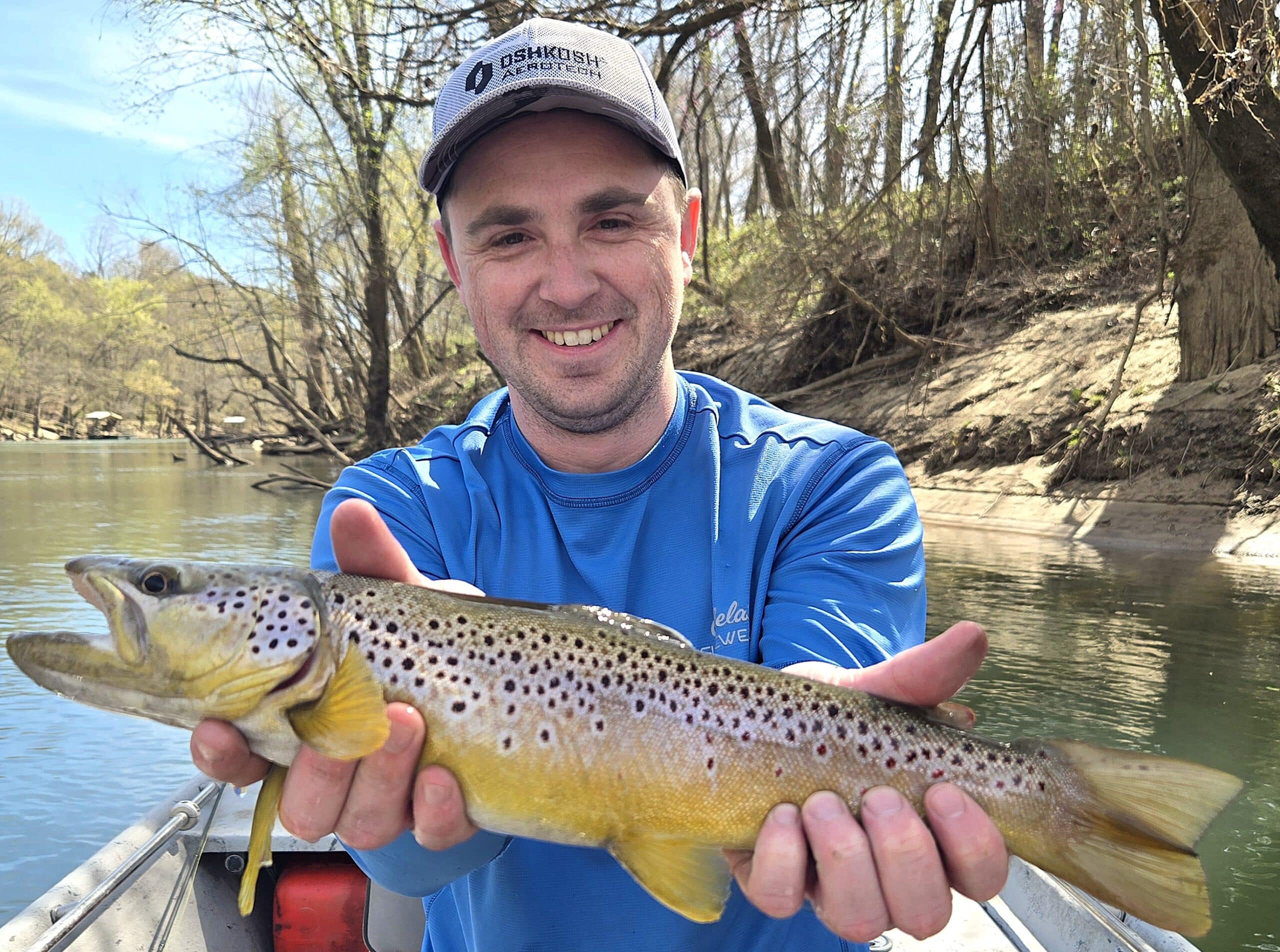Add some pluck to cooked duck
BY Chuck Long
ON 11-24-2021

Nov. 24, 2021
Chuck Long
AGFC Northeast Regional Educator, Jonesboro
JONESBORO — One of the great rewards from a day spent in freezing temperatures chasing ducks is the unmistakable flavor of waterfowl. Though many hunters use only the breast meat, a whole roasted mallard on a serving dish is a great asset to any dinner table. It takes some effort, but with a little practice a duck can quickly be turned into a main course.
The cooking options of a whole, picked duck are endless. Some like to do a simple roast and eat the duck itself, while others like to cook the carcass, pull off the meat and add it to cornbread dressing. Others like to get more creative and use a smoker or cook a recipe like duck a l’orange. The duck fat that is rendered during the cooking process also can be captured and used in other dishes.
To get that plump, whole mallard ready for cooking, the bird must be picked (sometimes called plucking). There are two basic techniques of picking waterfowl — dry and wet. The wet method requires additional preparation, while the dry method requires the least amount of extras. A set of kitchen shears, a propane torch and a willing thumb are all that is needed to dry pick waterfowl and turn the carcasses into the centerpiece of a meal. Latex or rubber gloves also can help grip the feathers and down that sticks to the carcass.
Choose the right type of waterfowl for picking. Fowl that feast on plants are much more palatable than those known for eating fish and other small creatures. Puddle ducks like mallards, green-winged teal and pintails are prime candidates. Most diving ducks are not as tasty due to their diet. Canvasbacks are the exception, as their diet tends to include a large portion of plants as well.

Birds with heavy damage to the breast will be difficult to pick and not as appealing on the table. Also take the time to pull a few feathers from the breast and peek at the skin underneath. If it has a nice yellow or white color and seems to be plump that will be a good choice. Birds that have a very thin fat layer or an abundance of pinfeathers are not as easy to pluck and not as savory on the table.
Take a seat in a comfortable chair, place the bird on a knee with the breast up and tail facing away. Place a container between your legs to catch the discarded feathers. Picking a duck is a little different than other birds, so grabbing the feathers and giving a pull is not the best option. For the best results grab a few breast feathers near the base between the thumb and forefinger, hold them tight and push towards the back of the bird, maintaining a constant pressure and rolling the thumb upward against the skin. It takes a few times to perfect the technique but after a bird or two it will become second nature.
Work the bird around as the body feathers are removed carefully. The larger wing and tail feathers can be pulled straight out of the carcass. Wing work can be tedious but the wing feathers will only need to be removed far enough to allow the wing to be cut from the body. Remove the feathers on the legs to their scaly lower portions.
Once most feathers have been removed, a little work can be done to clean up the remaining feathers and down. Undeveloped pinfeathers can be removed by pinching them between scissor blades and your thumb and plucking each one out. The small patch of feathers on the top side of the tail, around the oil gland, will be removed during the process of removing the bird’s entrails.
Once the bird is fairly clean from feathers and down, use a pair of kitchen shears and remove the head, both wings and one leg. Once the appendages are removed, it is time to do the final cleanup on the carcass.
Fire is the quickest option to clean any sticky down or pinfeathers left. Use a small propane torch, and hold the duck by the foot that was left intact. Let the flame pass slowly to singe any feathers, but not long enough to burn the flesh. Once the singeing is complete, rinse the carcass in cool water.
The final step is to remove the entrails. Cut off the tail just in front of the duck’s vent, and be sure to get all of the duck’s oil gland at the base of its tail. You may either use this opening to remove the entrails, or make an additional cut down the back of the bird all the way to the neck, opening up the entire body cavity. This cut will be placed down during roasting, so it won’t degrade the presentation of the finished product. Once either option to remove the entrails is completed, give the carcass another washing in cool water.
The process can be seen on the AGFC’s Forrest L. Wood Crowley’s Ridge Nature Center page at https://fb.watch/969dSQlHrQ.
Visit www.agfc.com for more information on duck hunting, season dates and limits.
Recent News

Arkansas Wildlife Weekly Fishing Report
Apr. 10, 2025
Subscribe to Our Weekly Newsletter E-mails
Don’t miss another issue. Sign up now to receive the AGFC Wildlife Weekly Newsletter in your mailbox every Wednesday afternoon (Waterfowl Reports are published weekly during waterfowl season and periodically outside the season). Fishing Reports arrive on Thursdays. Fill in the following fields and hit submit. Thanks, and welcome!

